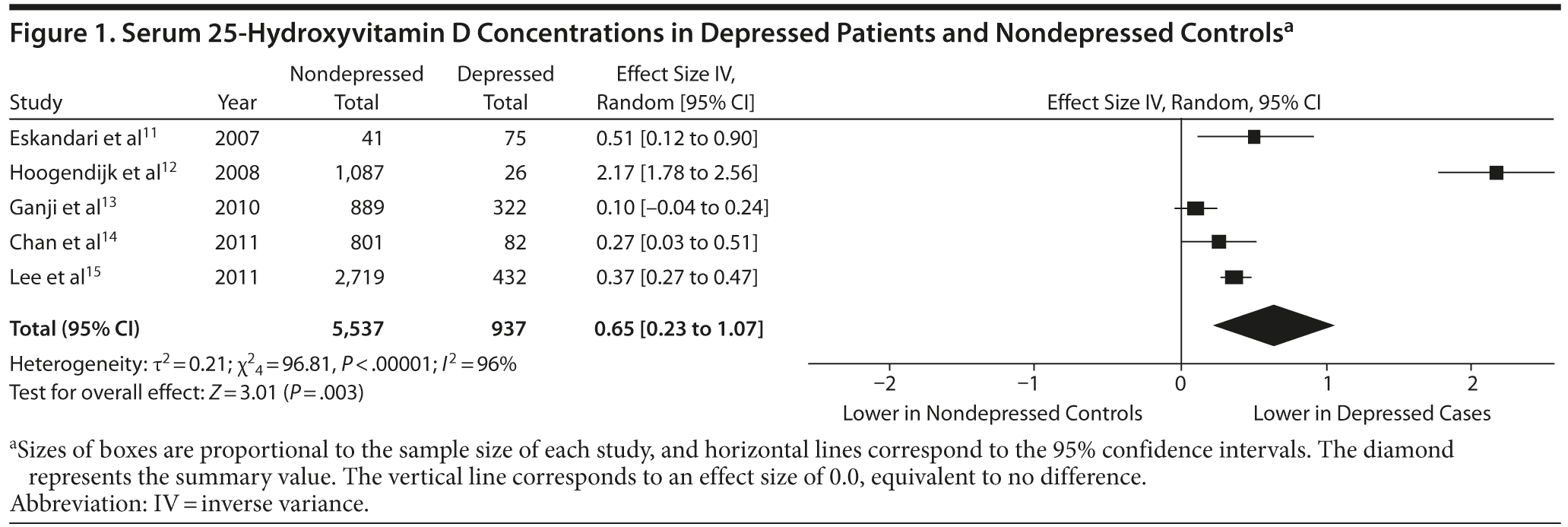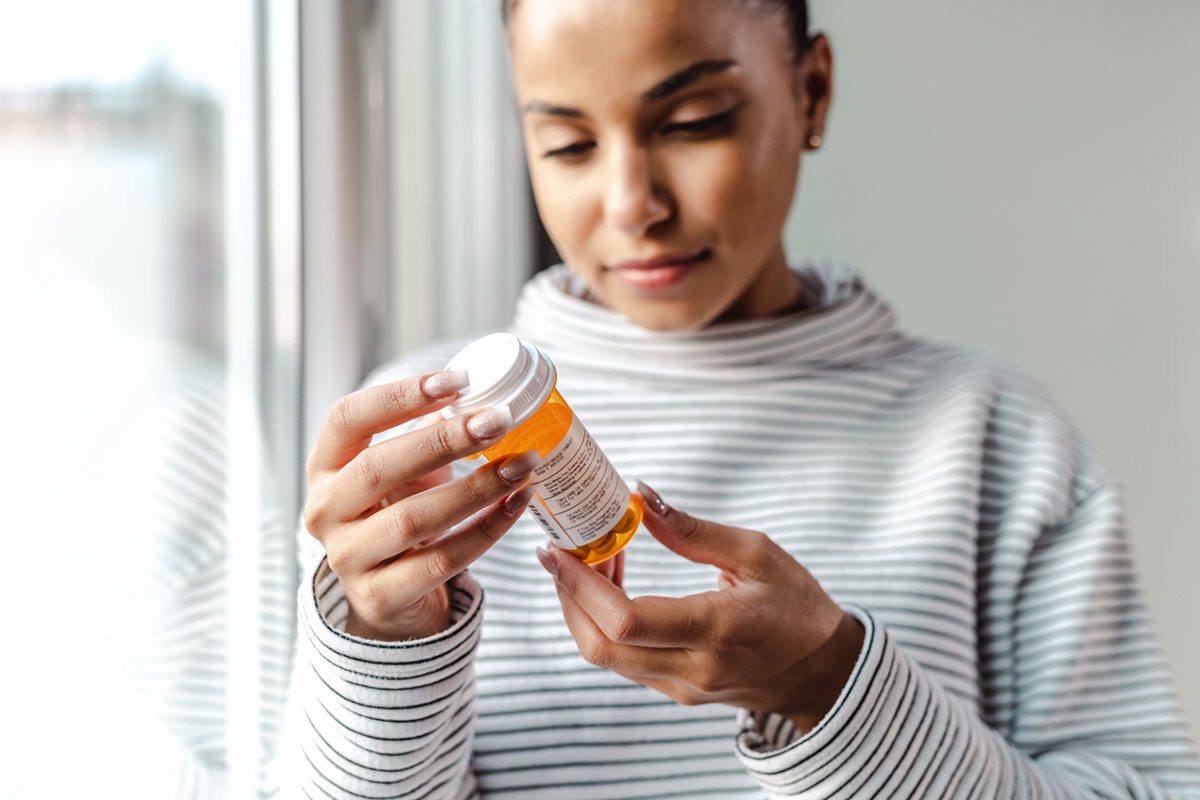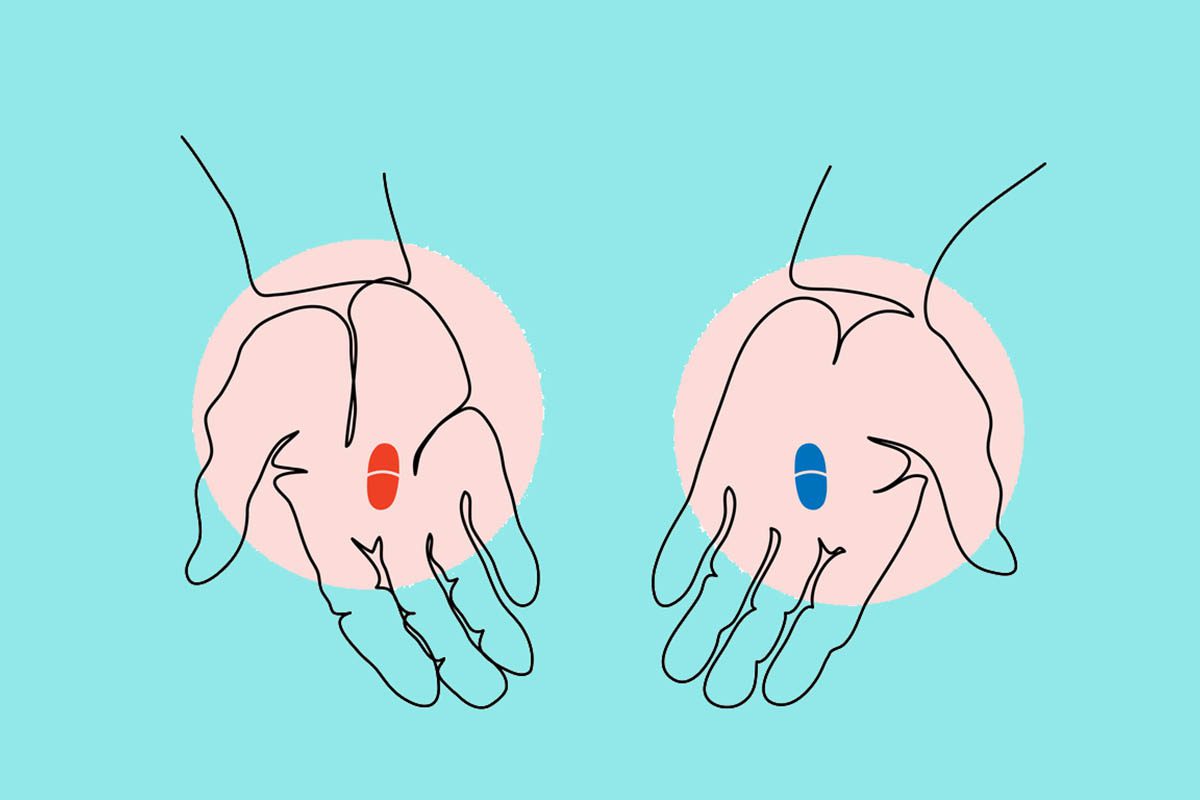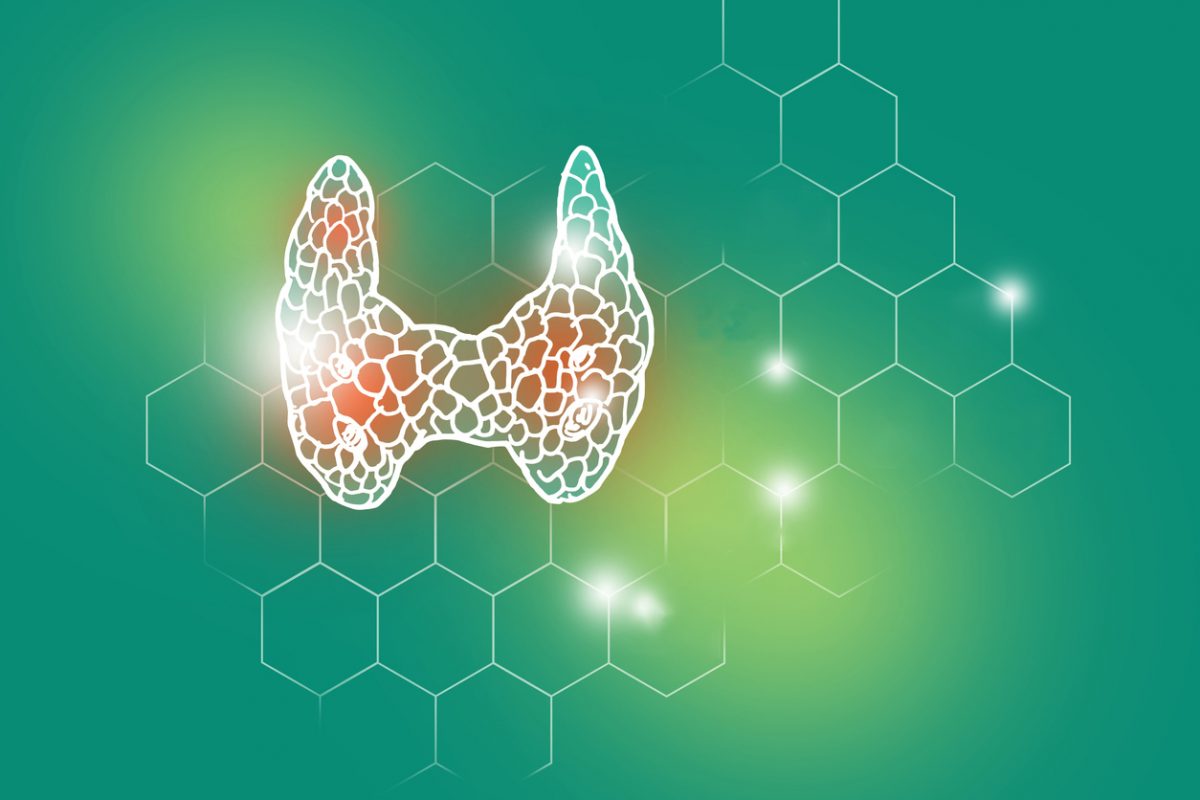The Role of Vitamin D in Depression: From a Curious Idea to a Therapeutic Option
Because this piece does not have an abstract, we have provided for your benefit the first 3 sentences of the full text.
Besides its classical function of bone metabolism regulation, vitamin D exhibits multiple nonskeletal effects, including in the brain. In particular, relationships between vitamin D status and mood have been repeatedly examined in the last decade. The findings enable causal reasoning and offer new therapeutic perspectives.
Hypovitaminosis D, which affects more than 1 billion people worldwide, has recently received a structured critical evaluation as a biological component related to depression.

Besides its classical function of bone metabolism regulation, vitamin D exhibits multiple nonskeletal effects, including in the brain.1 In particular, relationships between vitamin D status and mood have been repeatedly examined in the last decade. The findings enable causal reasoning and offer new therapeutic perspectives.2-10
Observational Epidemiology
Hypovitaminosis D, which affects more than 1 billion people worldwide,1 has recently received a structured critical evaluation as a biological component related to depression.2 That meta-analysis, which pooled for the first time all previous epidemiologic data, found a positive association between hypovitaminosis D and depression (odds ratio = 1.31; 95% CI, 1.00-1.71).2 However, this association may lead to the premature and possibly incorrect conclusion that hypovitaminosis D precipitates depression. It is also fully conceivable that hypovitaminosis D results from depression, due to apathy and anorexia, with subsequent reductions in sun exposure and consumption of vitamin D-rich food.3
Using the studies retrieved by Anglin et al2 for their systematic review, we performed a new random-effects meta-analysis (Review Manager v5.1; Copenhagen, Denmark) of the bias-corrected effect size of the difference between serum 25-hydroxyvitamin D (25[OH]D) concentrations in depressed cases and nondepressed controls (using Coe’s effect size calculator). The summary random effect size of 0.65 (95% CI, 0.23-1.07) indicated that 25(OH)D concentrations were overall 0.65 standard deviation lower in depressed cases compared to nondepressed controls (Figure 1). If we use the “common language effect size” approach,16 the probability is about 65% that an individual without depression would have a higher serum 25(OH)D concentration than an individual with depression if both individuals were chosen at random. Interestingly, although using the same data as Anglin et al,2 this subtly different presentation of results encourages the reader to consider the possibility that depression precipitates hypovitaminosis D. The association of hypovitaminosis D with depression should thus be read in light of the research methodology used. Taking methodology into account is especially important in that depression is a very common disease for which false expectations based on misinterpretation of research results would be regrettable.
We previously suggested that the link between vitamin D levels and mood may not be as direct as initially proposed, because it may have been overestimated in older individuals due to the fact that both depression and hypovitaminosis D are very prevalent in this population.3 In addition, the association between hypovitaminosis D and depression could also result from a confounding bias related to the inadequate consideration of covariables. For illustration, the relationship between vitamin D and mood may be indirectly explained by a common factor influencing both variables. Specifically, it is well known that exposure to sunlight (the main source of skin vitamin D synthesis) influences body circadian rhythms such as melatonin rhythms, and there is evidence that melatonin and serotonin circadian rhythms are involved in depression.17 Moreover, the relationship between hypovitaminosis D and depression may also be affected by the individual’s level of physical exercise, since limited mobility has been reported in both depressed patients and people with hypovitaminosis D.1 Body mass index (BMI) also appears to be an important factor to consider because hypovitaminosis D may arise from both high BMI (sequestration of fat-soluble vitamin D in adipose tissue) and depression.18
It should be noted that recent studies have made considerable efforts to account for covariables2 and that the most recent longitudinal prospective cohort studies have found an increased hazard ratio for depression in individuals with hypovitaminosis D at baseline (hazard ratio = 2.21 [95% CI, 1.40-3.49]).2 This finding suggests a temporal sequence, with hypovitaminosis D preceding the onset of depressed mood. However, the observational design of these studies prevents inferring causality. Data from experimental and therapeutic trials are needed to provide insight into the relationship between hypovitaminosis D and depression.
Experimental Studies
The possible causal relationship between hypovitaminosis D and depression is supported by a biological substrate. Vitamin D acts in the brain as an intracrine hormone of the neurosteroid type1,19-23 that binds to the vitamin D receptors (VDRs) present on neurons and glia in many areas of the brain implicated in the pathophysiology of depression, such as the limbic system (cingulate cortex and hippocampus).19 Vitamin D is involved in numerous brain processes including neuroimmunomodulation and genetic regulation of the synthesis of neurotrophins and neurotransmitters.19 For instance, vitamin D response elements have been detected in the promoter regions of serotonin genes.20 Experimental studies, consistent with this notion, have reported that serum 1,25-dihydroxyvitamin D3 levels influence the levels of serotonin in the hypothalamus of rats.21 Basic research further suggests that VDR gene polymorphisms modulate the effectiveness of vitamin D in the brain and may explain why some patients respond to vitamin D and others do not (carriers of ApaI variant-allele and of haplotype baT have fewer depressive symptoms).22 Parallels have consistently been made between behavioral and motor disorders exhibited by transgenic mice with no functional VDRs in the brain and those observed in animal models of depression,23 thus strengthening the possible role of the vitamin D system in the regulation of affect and emotions.
Interventional Epidemiology
Beyond experimental evidence, there is also an epidemiologic rationale to assume that the correction of hypovitaminosis D prevents depression and improves symptoms. For example, in a sample of more than 80,000 women from the Women’s Health Initiative, Bertone-Johnson et al4 found that those with higher vitamin D intake had a lower prevalence of depressive symptoms than others at baseline and a lower risk of depression after 3 years of follow-up. Randomized clinical trial (RCT) results are also consistent with this notion. For instance, Gloth et al5 administered 100,000 IU of vitamin D to 8 participants with seasonal depression, while 7 controls were treated with phototherapy. In this trial, vitamin D improved the Hamilton Depression Rating Scale score, although phototherapy did not. In another small double-blind trial,6 44 healthy participants receiving vitamin D treatment for 5 days demonstrated increased positive affect and decreased negative affect during winter compared to those receiving vitamin A. Interestingly, the dose appears important: an unblinded RCT7 recently reported that a single intramuscular vitamin D dose of 300,000 IU improved depression symptoms more than did a 150,000-IU dose after 3 months of intervention in 120 depressed participants with initial hypovitaminosis D. However, all of these previous studies5-7 were too restricted by their methodology and/or relatively small sample size to firmly infer causality.3 Moreover, some other trials found no effect of vitamin D supplements on depression symptoms in depressed participants8 or on the occurrence of depression in the general population.9 Thus, despite evidence that preexisting hypovitaminosis D increases the risk of depressive mood, further well-conducted double-blind placebo-controlled RCTs are required to establish causality with higher levels of evidence.
New Questions Raised
Even if hypovitaminosis D plays a causal role in depression, other questions remain. In particular, an essential remaining question is whether hypovitaminosis D (or its inefficient utilization) is a causal factor that “actively” triggers depression or, rather, a risk factor that “passively” removes protection of the central nervous system (CNS) against depression. The rationale for an active involvement of hypovitaminosis D in the genesis of depression is based on the involvement of vitamin D in neurophysiology (ie, its neurotrophic role and the regulation of neurotransmitters),19 with the possibility that its insufficiency results in a pathologic dysfunction of the brain that leads to depression. The argument against such active involvement is essentially based on epidemiology: 70%-90% of older adults have hypovitaminosis D, although most of them do not suffer from depression.1 Thus, the possibility that vitamin D is rather a protective agent of the CNS, as suggested by its antioxidant and anti-inflammatory effects,19 should be considered. Hypovitaminosis D could “passively” make the CNS more sensitive and less responsive to any depressogenic stress.
Although it may appear trivial, the difference in these hypotheses is crucial because it affects our future approach to vitamin D repletion. Indeed, if we consider vitamin D to be only a neuroprotectant, just enough supplementation to correct hypovitaminosis D should be sufficient, but if we think that vitamin D “actively” controls the CNS, high to very high doses should be used, with the aim of boosting mental faculties. Further, determining if hypovitaminosis D is actively or passively involved in the genesis of depression will help to define the objectives and outcomes of future RCTs. In other words, should vitamin D supplementation be studied for preventing the occurrence of depression or for reducing its symptoms? Could hypovitaminosis D be involved in antidepressant resistance? If hypovitaminosis D explains in part the pathologic lack of neurotransmitters observed in depression, it may also account at least partially for the different response rates to antidepressants. Although still speculative, this theory encourages clinicians to replenish vitamin D before starting antidepressants or to use vitamin D as an adjunct to standard antidepressants, as is already the case for folates and omega-3 fatty acids.24 In line with this, a recent 8-week double-blind randomized placebo-controlled trial10 recently found that the combination of fluoxetine and vitamin D was superior to fluoxetine alone in controlling depressive symptoms among depressed participants.
CONCLUSIONS
There is compelling evidence that depressed adults have lower vitamin D concentrations than nondepressed adults. Given the many adverse effects of hypovitaminosis D and the lack of serious side effects of vitamin D supplements,1,25 we recommend correcting hypovitaminosis D. Further well-conducted RCTs are required to test the causal relationship of hypovitaminosis D with depressed mood more specifically.
Author affiliations: Department of Geriatric Medicine, UPRES EA4638, University Hospital, Angers, France (Drs Annweiler and Beauchet); Robarts Research Institute, Department of Medical Biophysics, Schulich School of Medicine and Dentistry, the University of Western Ontario, London, Ontario, Canada (Dr Annweiler); Department of Human Nutrition and Dietetics, Shahid Beheshti University of Medical Sciences, National Nutrition and Food Sciences Technology Research Institute, Tehran, Iran (Dr Rastmanesh); and McGill University & Douglas Mental Health Research Institute, Montréal, Québec, Canada (Dr Richard-Devantoy). Potential conflicts of interest: None reported. Funding/support: None reported. Corresponding author: Cédric Annweiler, MD, PhD, Division of Geriatric Medicine, University Hospital, F-49933 Angers, France (e-mail: [email protected]).
REFERENCES
1. Annweiler C, et al. Geriatr Psychol Neuropsychiatr Vieil. 2011;9(3):259-267. PubMed
2. Anglin RE, et al. Br J Psychiatry. 2013;202(2):100-107. PubMed doi:10.1192/bjp.bp.111.106666
3. Rastmanesh R, et al. Biofactors. 2012;38(5):317-319. PubMed doi:10.1002/biof.1028
4. Bertone-Johnson ER, et al. Am J Clin Nutr. 2011;94(4):1104-1112. PubMed doi:10.3945/ajcn.111.017384
5. Gloth FM 3rd, et al. J Nutr Health Aging. 1999;3(1):5-7. PubMed
6. Lansdowne AT, Provost SC. Psychopharmacology (Berl). 1998;135(4):319-323. PubMed doi:10.1007/s002130050517
7. Mozaffari-Khosravi H, et al. J Clin Psychopharmacol. 2013;33(3):378-385. PubMed doi:10.1097/JCP.0b013e31828f619a
8. Kjærgaard M, et al. Br J Psychiatry. 2012;201(5):360-368. PubMed doi:10.1192/bjp.bp.111.104349
9. Bertone-Johnson ER, et al. Am J Epidemiol. 2012;176(1):1-13. PubMed doi:10.1093/aje/kwr482
10. Khoraminya N, et al. Aust N Z J Psychiatry. 2013;47(3):271-275. PubMed doi:10.1177/0004867412465022
11. Eskandari F, et al. Arch Intern Med. 2007;167(21):2329-2336. PubMed doi:10.1001/archinte.167.21.2329
12. Hoogendijk WJ, et al. Arch Gen Psychiatry. 2008;65(5):508-512. PubMed doi:10.1001/archpsyc.65.5.508
13. Ganji V, et al. Int Arch Med. 2010;3(1):29. PubMed doi:10.1186/1755-7682-3-29
14. Chan R, et al. J Affect Disord. 2011;130(1-2):251-259. PubMed doi:10.1016/j.jad.2010.10.029
15. Lee DM, et al. J Psychopharmacol. 2011;25(10):1320-1328. PubMed doi:10.1177/0269881110379287
16. Dunlap WP. Behav Res Methods Instrum Comput. 1999;31(4):706-709. PubMed doi:10.3758/BF03200750
17. Boyce P, Barriball E. 2010;39(5):307-310. PubMed
18. Forsythe LK, et al. Br J Nutr. 2012;107(1):126-134. PubMed doi:10.1017/S0007114511002662
19. Annweiler C, et al. Neuropsychobiology. 2010;62(3):139-150. PubMed doi:10.1159/000318570
20. Wang TT, et al. Mol Endocrinol. 2005;19(11):2685-2695. PubMed doi:10.1210/me.2005-0106
21. Privette TH, et al. Abstr Soc Neurosci. 1991;17:498.
22. Kuningas M, et al. Neurobiol Aging. 2009;30(3):466-473. PubMed doi:10.1016/j.neurobiolaging.2007.07.001
23. Burne TH, et al. Brain Res Bull. 2006;69(1):74-78. PubMed doi:10.1016/j.brainresbull.2005.10.014
24. Torrey EF, Davis JM. Clin Schizophr Relat Psychoses. 2012;5(4):208-216. PubMed doi:10.3371/CSRP.5.4.5
25. Jorde R, et al. ISRN Endocrinol. 2013;2013:348705. PubMed
J Clin Psychiatry 2013;74(11):1121-1122 (doi:10.4088/JCP.13ac08783)
© Copyright 2013 Physicians Postgraduate Press, Inc.
ASCP Corner offerings are not peer reviewed by the Journal but are peer reviewed by the ASCP. The information contained herein represents the opinion of the author.
Visit the Society Web site at www.ascpp.org
This PDF is free for all visitors!





